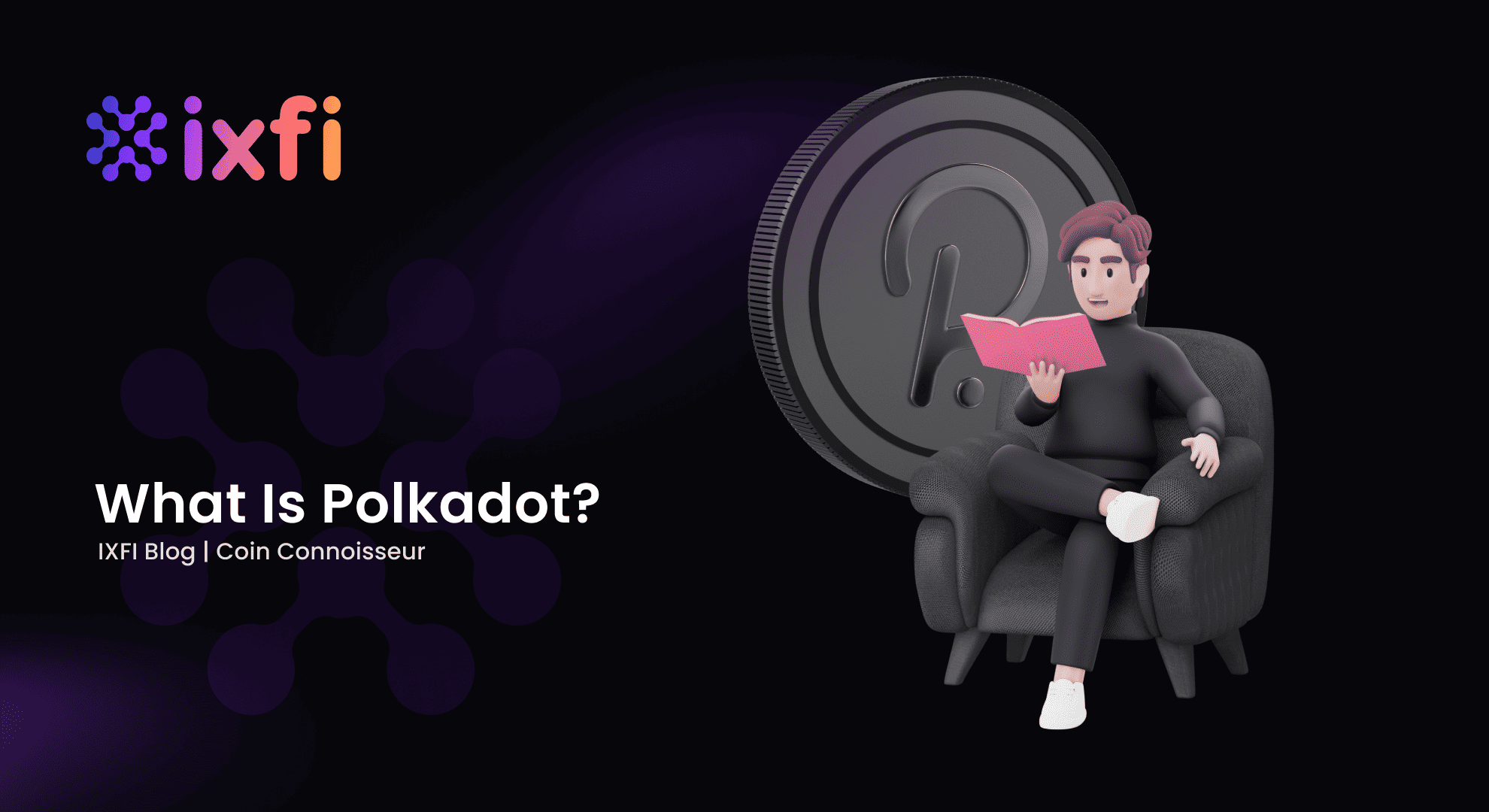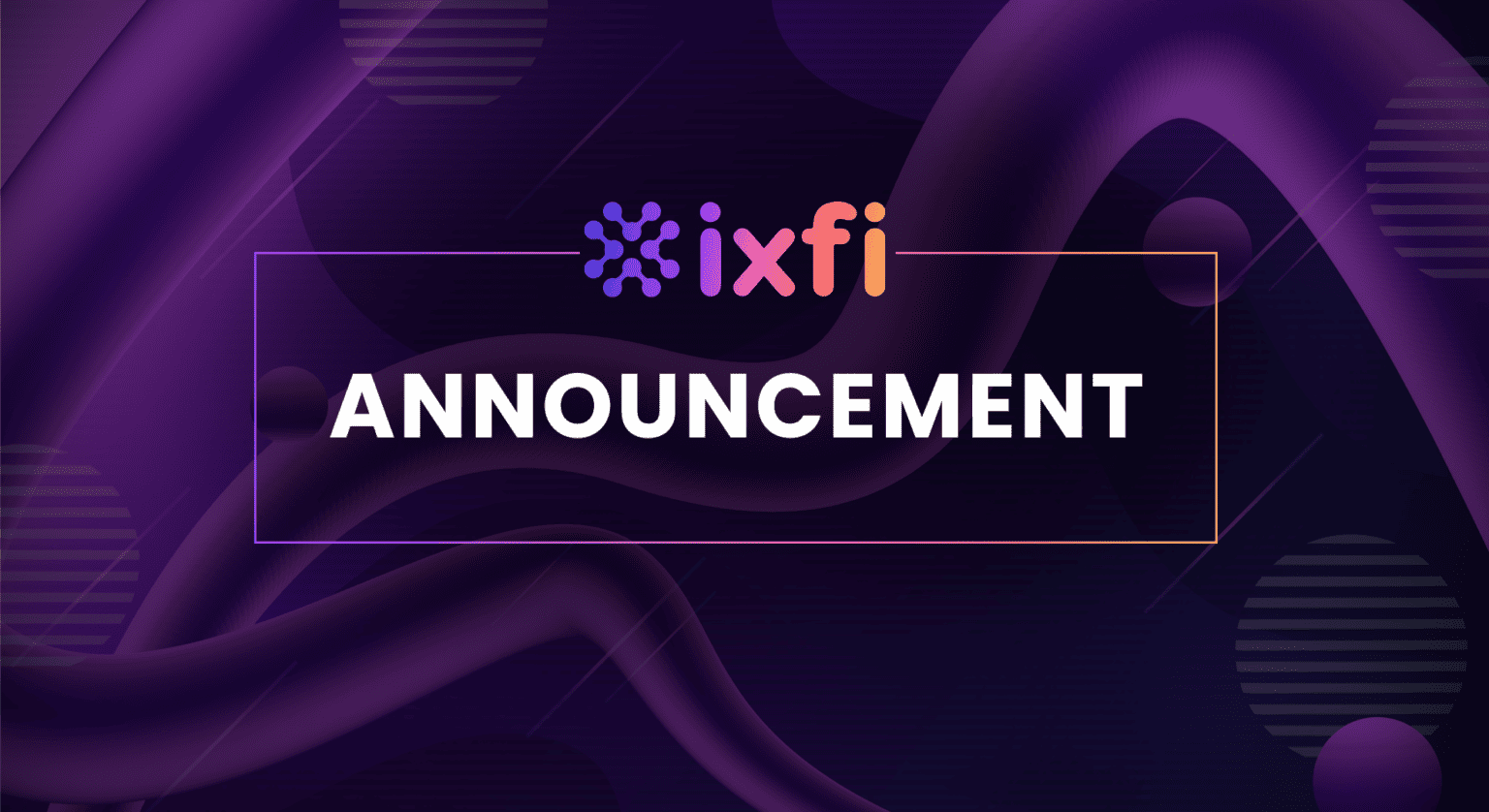The hype around Polkadot is getting more robust – and rightly so – because the technology used to build the Polka ecosystem is innovative, the latest generation, and seems inspired by Sci-Fi movies because it brings the future a little closer to actual times. From Bitcoin and individual Blockchains to the communicative and interoperable ones, Polka’s technology has come a long and arduous journey – and it’s not a surprise that such a vanguardist idea is presented as a necessary stem in Blockchain’s technology evolution.
What is Polkadot, and how is it different?
The project was founded by a team of talented developers with vast experience in the crypto sphere: Ethereum’s co-founder, Gavin Wood, ex-CTO of the Ethereum Foundation. There, he helped the development of Solidity, the most-known programming language for Smart Contracts. Polkadot is a protocol built to allow unrelated Blockchains to connect, so data and money can be sent from one to another without a third party. Moreover, Polkadot is made to be fast and scalable by utilizing many parallel Blockchains, known as “Parachains”, that eliminate a significant portion of the processing demand of the main Blockchain.
Previous Blockchain generations have worked separately and struggled to communicate or interoperate without issues. On the other hand, Polkadot is interoperable in its network. Still, it can work with external networks, like Bitcoin and Ethereum, meaning that its ecosystem has unlimited possibilities to build an even more extensive network.
How does Polkadot work?
Polkadot allows the funds to be sent from one digital wallet to another, using an encryption system with public and private keys. The public key’s hash function is the address that the user sends to receive funds, and the private key works as a password, authorizing and distributing transactions in the network. Every 6 seconds, these idle and unconfirmed transactions are processed and confirmed in a block of transactions, thus forming the Polkadot Blockchain.
Of course, Polka offers much more than the possibility of sending and receiving funds. This is a sharded network of multiple channels, coordinated by a central Relay Chain that allows the processing of data and transactions on numerous chains at the same time, known as “Parachains”. Its fragmented architecture shards the network into individual segments. This process grows transactions debit, allowing them to be parallelly processed on each shard rather than sequentially on the whole network as older-generation Blockchains do.
Therefore, more Parachains can connect to the Polkadot main Blockchain, winning security from the whole network and significantly improving interoperability, scalability, and cross-chain functionality. At the same time, these Parachains eliminate the network’s congestion, high fees, and Blockchain incompatibility. Furthermore, Polkadot automatically manages the upgrades without any Hard Fork, using a governance system handled by native DOT holders.
Polkadot uses a consensus mechanism called Nominated Proof of Stake (NPoS) to coordinate the network, rewarding users for staking DOT coins, thus exempting them from circulation. This reward system works similarly to the reward system that Bitcoin’s Proof of Work consensus is using to pay the miners.
What is Polkadot used for?
Polkadot is capable of processing multiple transactions on multiple Blockchains simultaneously. Therefore, older networks get rid of the inherent congestion they suffer from. In addition, this parallel processing power significantly upgrades the network’s scalability and opens the doors for increased adoption. Polkadot allows the connection to fragmented chains, known as Parachains, that will enable the protocol to work in parallel with the connected network.
The network’s primary use case is to allow interoperability between different chains. In essence, the interoperability enables other chains to perform arbitrary messages, including value transfer. This connection may consist of privacy-oriented initiatives, forks, authorized chains, etc.
On Polkadot, each chain can be custom designed, depending on preferences and needs for different specific use cases. Shortly, Blockchains can offer a superior solution while increasing efficiency and security by eliminating redundant code.
The networks and applications that connect to Polkadot do not need to rely on centralized service providers because the network offers interoperability and communication through crossed chains.
About DOT, the currency
DOT is the native cryptocurrency of the network, and it has multiple use cases: governance, staking rewards, paying fees and commissions, and tying up Parachains. It’s unusual that DOT’s total supply is unlimited, but every DOT holder is part of the governing process and can vote on proposals.
Your Friendly Crypto Exchange has enabled Polkadot markets. Polkadot can be bought on IXFI using Tether, Bitcoin, Ethereum, BNB, and BUSD. Register now on IXFI to discover all of the possibilities.
Disclaimer: The content of this article is not investment advice and does not constitute an offer or solicitation to offer or recommendation of any investment product. It is for general purposes only and does not take into account your individual needs, investment objectives and specific financial and fiscal circumstances.
Although the material contained in this article was prepared based on information from public and private sources that IXFI believes to be reliable, no representation, warranty or undertaking, stated or implied, is given as to the accuracy of the information contained herein, and IXFI expressly disclaims any liability for the accuracy and completeness of the information contained in this article.
Investment involves risk; any ideas or strategies discussed herein should therefore not be undertaken by any individual without prior consultation with a financial professional for the purpose of assessing whether the ideas or strategies that are discussed are suitable to you based on your own personal financial and fiscal objectives, needs and risk tolerance. IXFI expressly disclaims any liability or loss incurred by any person who acts on the information, ideas or strategies discussed herein.



